Erika Gates reports on the Christmas Bird Count (CBC) in Grand Bahama, just 4 months after Hurricane Dorian devastated large parts of the island. Initial surveys revealed badly damaged habitats and very few birds. What would they find on their 20th CBC?
Grand Bahama Birders and visiting participants gathered for our annual CBC, which took place in the West End area on January 4th and covered Central Grand Bahama on January 5th of this year. The group was worried. We did not know what species and bird numbers we could expect after the habitat and environment had only experienced 4 months of recovery, following the devastating damage of Hurricane Dorian over 3 days (Sept 1–3, 2019).
We had assessed bird life in the Eastern part of our island one month after the storm and sadly witnessed the catastrophic damage that the storm and surge had done there to humans and their homes! Very few of our resident birds had survived out east, especially those that depended on the Caribbean Pine forest and Hardwood Coppice like the Bahama Warbler, Olive-capped Warbler, Loggerhead Kingbird, Cuban Pewee, Hairy Woodpecker, Blue-gray Gnatcatcher and Black-faced Grassquit. Arriving winter migrants would have inspected the non-existent habitats, vegetation, and food sources and most likely continued on south.
The orientation evening prior to our first count day is always a happy occasion as Erika Gates welcomed visiting birders and team leaders back. This included Count Compiler Bruce Purdy from Florida, Team Leader Bruce Hallett from Atlanta, Team Leader Dr. Woody Bracey (Bahamas), and visiting birders Craig and Barbara Walker (California).
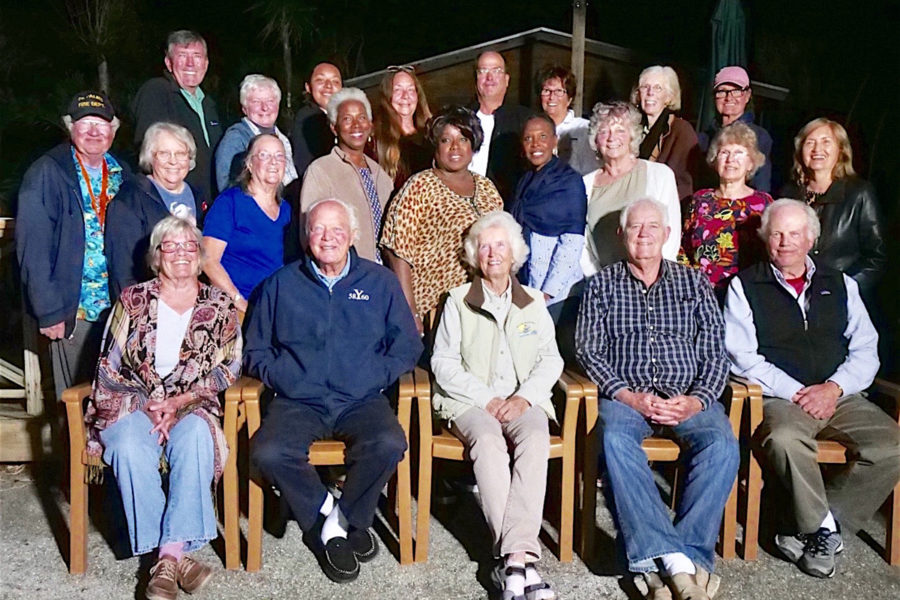
Special guests at the Gates’ that evening were Ann and Sidney Maddock from South Carolina. Ann is finalizing her photographic hummingbird book “Winged Jewels” in the Bahamas while Sidney is conducting a winter months survey for of Piping Plovers on many Bahamian islands (with funding from Environment Canada). Upon distribution of clipboards with team and area assignments we all sat together, shared a meal, chatted a while, and then everybody retired early. I felt a sense of anxiety in the air about what to expect the next morning!
Taking a Step Back in Time
The first Christmas Bird Count (CBC) was held on December 25th in the year 1900 in the United States. Up until then it had been a tradition for persons that liked the outdoors to engage in the Christmas Bird Hunt. People would go into the fields and forests in teams and shoot any bird they saw. The winning team would be the one that brought in the largest number of dead birds! Many persons became concerned about the indiscriminate, senseless slaughter of these beautiful feathered creatures and worried about declines in bird populations. Dr. Frank Chapman, founder of Bird-Lore which evolved into Audubon magazine, suggested the alternative of counting rather than shooting birds. Thus began the first Christmas Bird Count in the year 1900 with 27 dedicated birders observing and counting birds.
Grand Bahama has participated the CBC for the past 20 years. The count now includes all Canadian Provinces, some Caribbean islands, the Bahamas, South America and several Pacific islands. This year more than 80,000 birders will have participated in this count on one chosen day between December 15th and January 5th from sunrise to sunset. The count data is becoming increasingly important in predicting the effects of climate change and decline in bird populations. Our local birders, together with their international partners, will be contributing valuable information to the longest running database in ornithology.
Team Reports
West End Teams
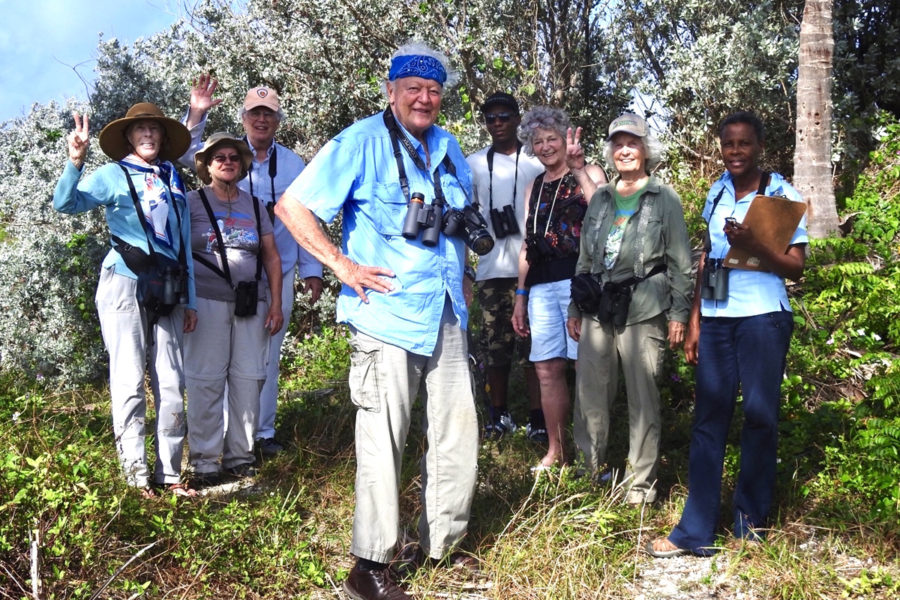
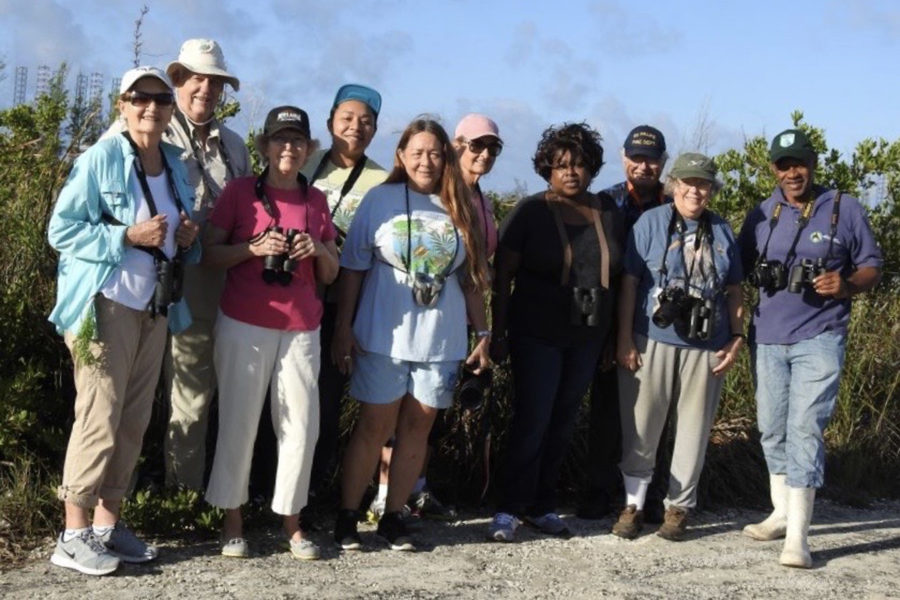
As expected, both West End teams got a 7 am start on a windy day of the count. Bruce Purdy’s sites included Eight Mile Rock, Holmes Rock wetlands, Josie’s Cave, Bootle Bay and Bayshore Road. Bruce Halletts’s team had been assigned to survey the Old Bahama Bay property and the West End golf course. Both teams returned back to Freeport at sunset and were elated with a combined number of 71 species observed, matching the West End count in 2017! There were several rare species to report as well, like Gadwall, Mottled Duck, Whimbrel, American Pipit, American Oystercatcher, and Snow Goose.
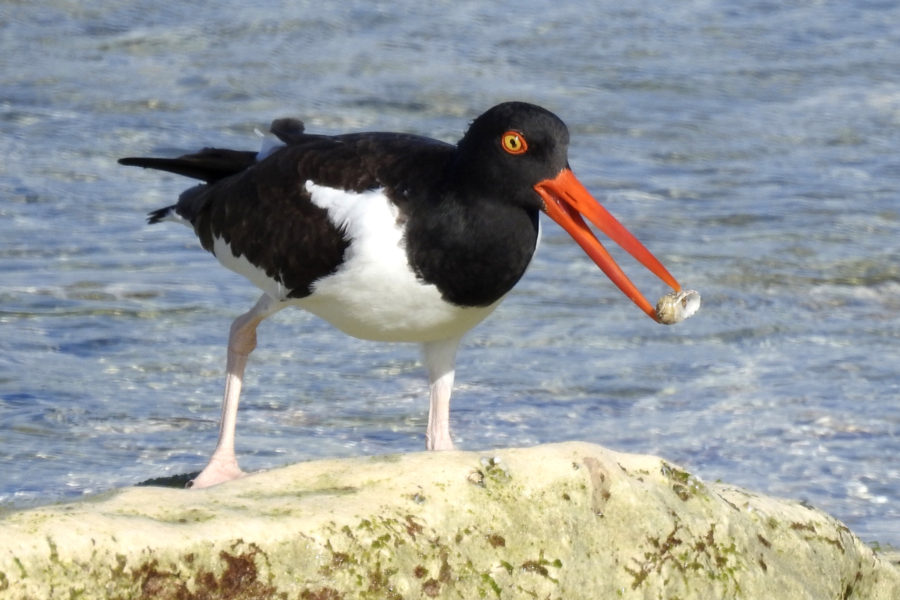
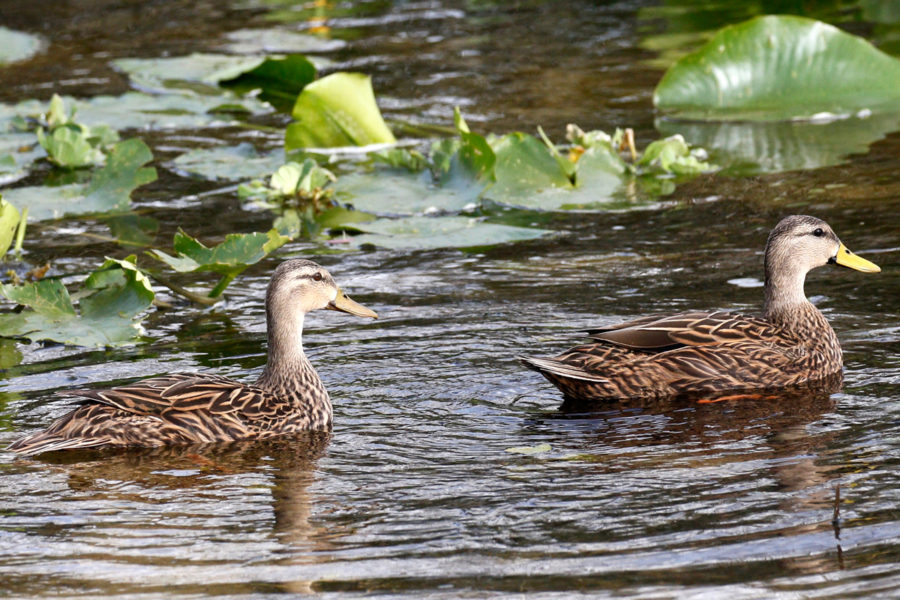
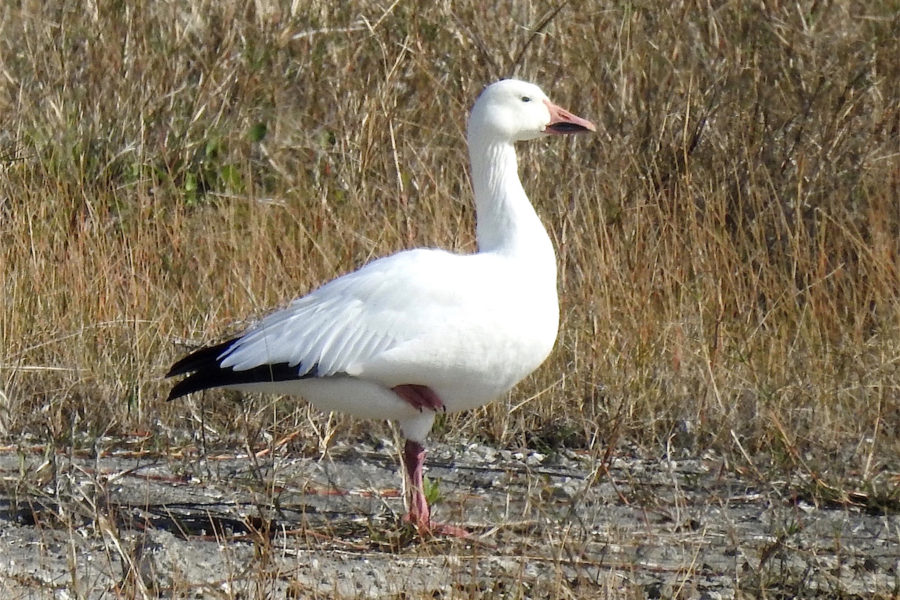
Central Grand Bahama Teams
Our spirits were uplifted and we all were in happy moods at sunrise the next morning when we set out in four teams for our Central Grand Bahama count of many of our Freeport birding sites. Some of the most productive areas out of the 25 sites to be surveyed on day two were Lewis Yard wetlands, Emerald Golf Course pond, Reef Golf Course, LIS wetlands, Taino Trail, Garden of the Groves, Barbary Beach, Rand Nature Centre, Pine Tree Stables, and the Gates’ Bird Sanctuary.
Some of the Freeport Teams:
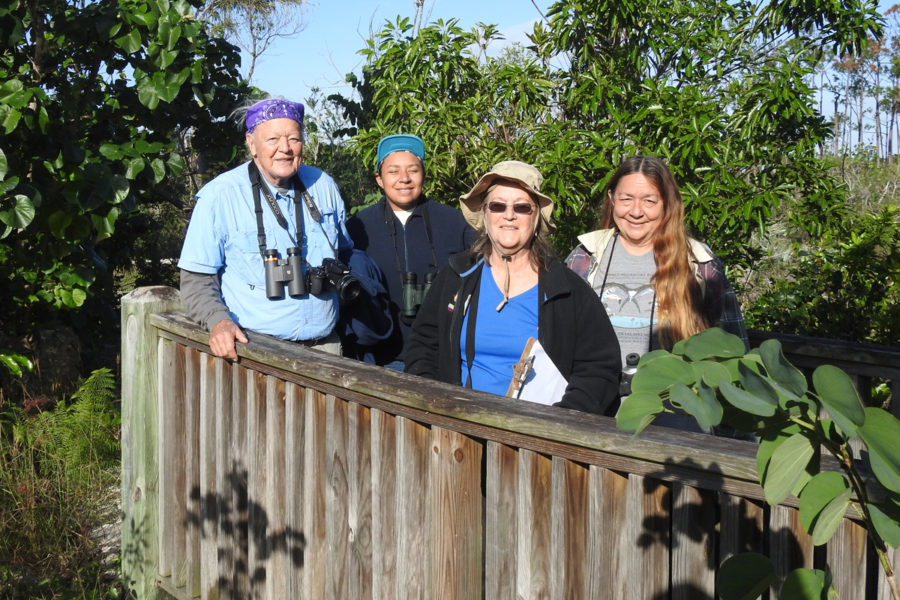
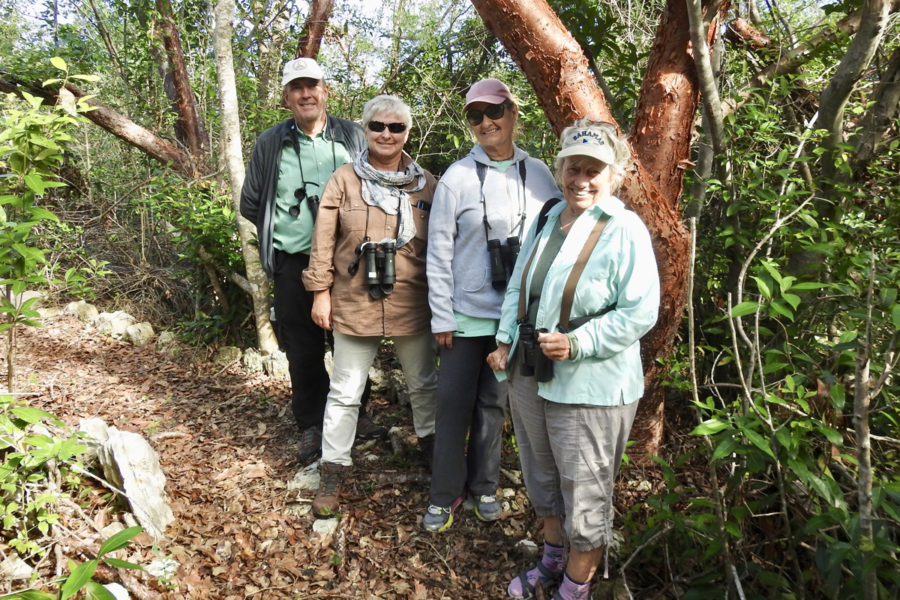
By sunset our hopes had been restored that the catastrophic Dorian had failed to wipe out Grand Bahamas’ beautiful feathered friends and that many of our resident and migratory species as well as their habitat had shown tremendous resilience! All four teams were happy with an amazing count of 93 species for the Freeport area, almost coming close to previous years which tallied anywhere between 95 to 110! Rarities for the Freeport area were a Red-breasted Merganser, Willet, Chipping Sparrow, and Canada Goose.
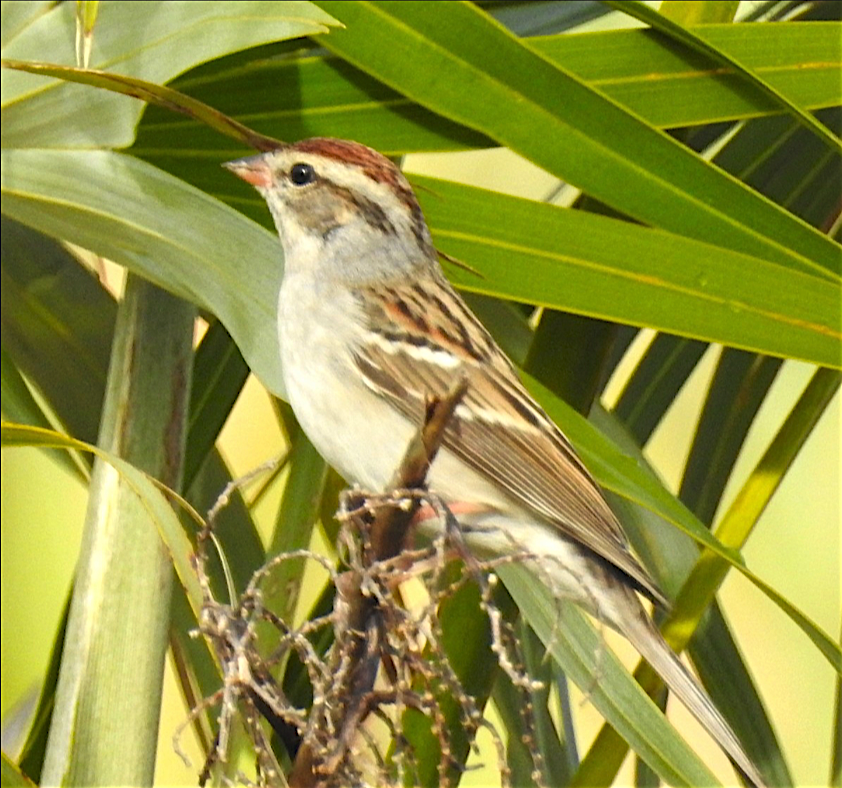
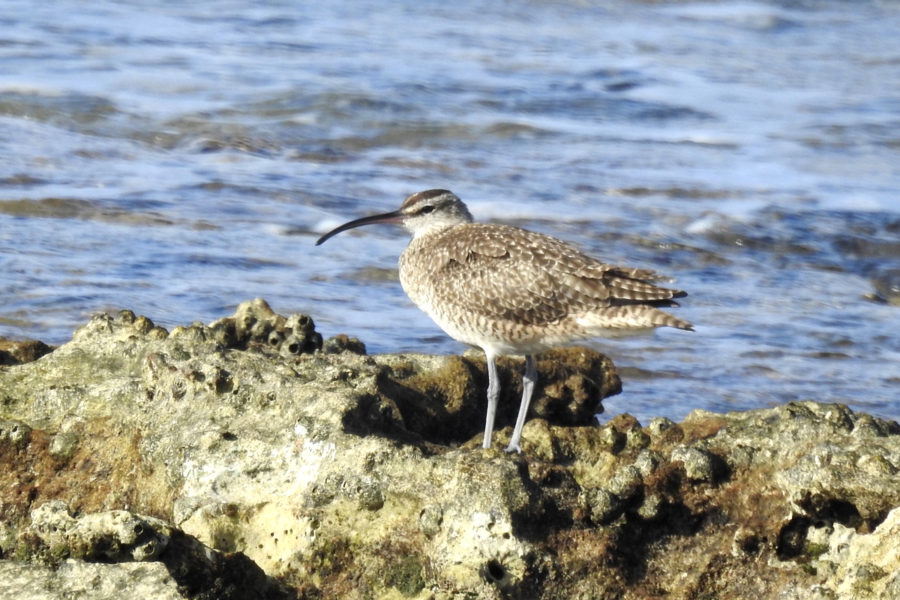
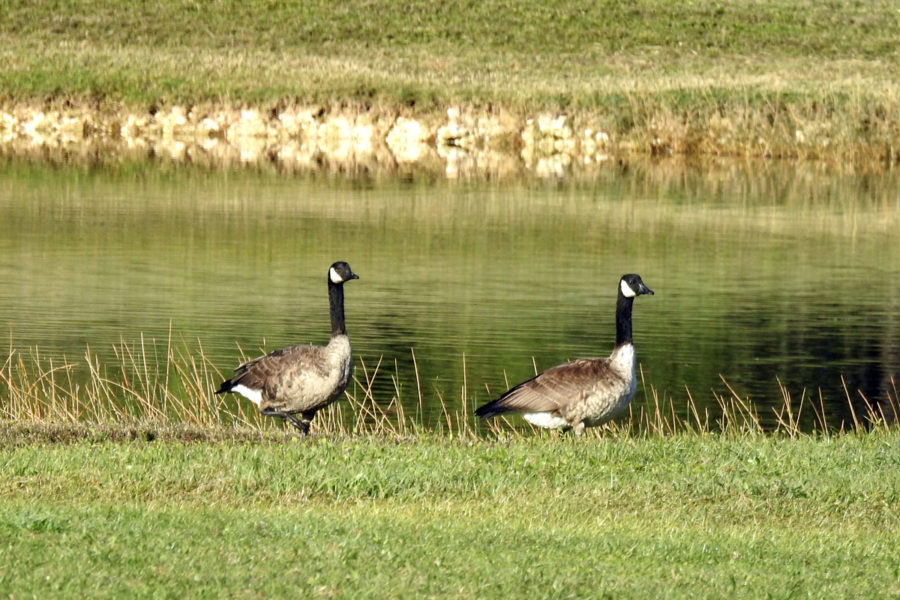
The traditional Tally Rally and Final Dinner were celebrated at Garden of the Groves once again after the Garden had undergone four months of hurricane restoration under the expert and tireless leadership of general manager, Marilyn Laing and her team. Everyone was much encouraged to see and document that birds had returned to habitats that are still recovering.
Intensive surveys are being carried out in both Abaco and Grand Bahama by the Bahamas National Trust with support from partners (e.g., BirdsCaribbean, American Bird Conservancy, Audubon) to assess the damage to habitats and population sizes of species of conservation concern, such as the Olive-capped Warbler, Bahama Warbler, Bahama Parrot and especially the Bahama Nuthatch. We eagerly await results from these studies. For now, we are pleased with our observations from the CBC which shows that more common species are alive and coming back to our recovering habitats.
To learn more about how to participate in the Christmas Bird Count, click here, here, and here.
Erika Gates is owner and operator of Garden of the Groves, Grand Bahama Nature Tours and Grand Bahama Birders’ Bed and Breakfast. Erika is a former Board member of BirdsCaribbean. She is also leading bird conservationist on the island, educating and involving youth and communities through various programs such as BirdSleuth Caribbean, the Caribbean Endemic Bird Festival, World Migratory Bird Day, Caribbean Waterbird Census, her annual birding course, habitat restoration projects, and more.
After The Storm: The Christmas Bird Count on Abaco, Bahamas
After Hurricane Dorian, An Emotional Birding Trip on Grand Bahama
Hurricane Dorian Recovery: An Update on How Our Appeal Funds Are Being Used
